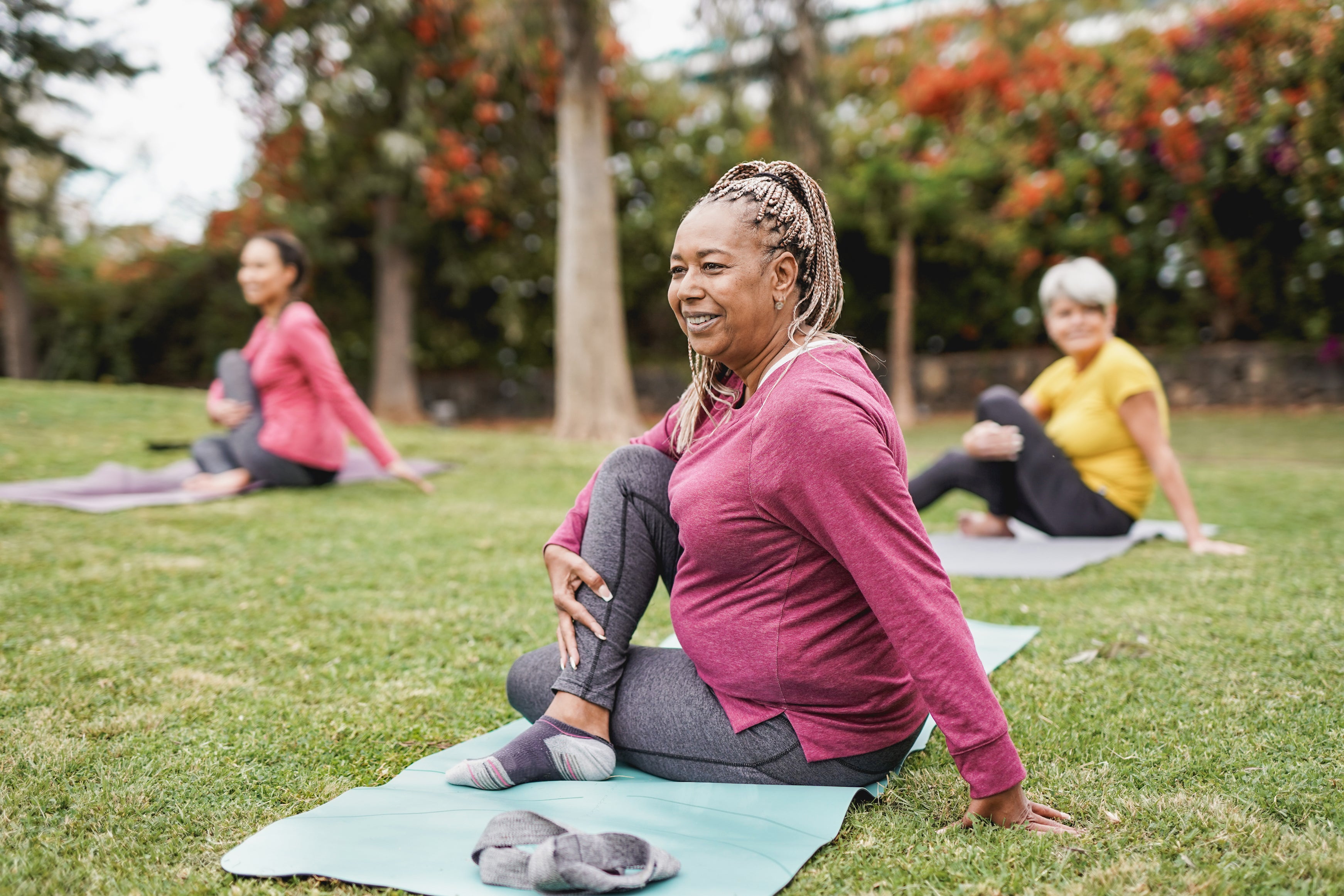
Whether you’re a regular at the gym or just beginning to commit to a new exercise routine, staying motivated doesn’t always come easy.
Aside from the physical and mental health benefits of incorporating exercise into your daily routine, many people are also motivated by the prospect of muscle tone and definition.
For the most part, the results an individual person experiences will be reflective of their lifestyle choices, body type and the kinds of exercise they take on. For example, those who take up running are likely to notice improvements in their cardiovascular capacity as they get fitter, one fitness expert tells The Independent.
Eating well also plays an important role, and nutritional needs will vary from person to person. Experts say many women don’t consume enough protein, while harmful diet habits adopted by both men and women, such as avoiding carbohydrates, can also lead to an unbalanced macronutrient profile.
But how can you maximise your results when taking up a new exercise routine and how long does it take to see physical and mental changes? We spoke to Nancy Best, a personal trainer and founder of Ladies Who Crunch to learn more.
How long does it take to see results from a new workout routine?
The length of time it takes to see or feel results of a new workout routine depends on the format of your training, Best says.
“If you’re focusing on a new running programme, for example, you should notice improvements to your cardiovascular capacity and adaptations to your resting heart rate as you get fitter, within weeks,” she explains.
“If you’re starting a strength training programme, as an alternative, you’ll need to dedicate at least six weeks of consistency to give your body adequate progressive overload to improve.”
Is concistency really key?
While the amount of exercise you need to do will vary for every individual, consistency is of universal importance, so it’s important to find ways to stay motivated.
“Whether you’re starting the couch to 5k running programme, or joining a CrossFit gym to master barbell complexes, people’s biggest mistake is going all in and then losing momentum,” Best says.
“Generally speaking, committing to between three to five quality workouts (depending on your format or goal) a week is a realistic target.”
Experts also recommend factoring in broader lifestyle choices, such as making sure you sleep well and walking plenty of steps every day.

Do some exercises yield quicker results?
“If you’re focused on getting results, you want to make sure you don’t get injured! Prioritising functional mobility is so important to support your body as you embrace a new workout regime,” Best says.
She recommends incorporating resistance training as the basis of any workout regime as it has a “multitude of benefits” such as building lean muscle mass, which will help support your muscular-skeletal system and deliver aesthetic results.
How does diet impact how fast you will see results?
Experts recommend aiming for a balanced macronutrient profile which contains a mix of proteins, fats and carbohydrates.
“Nutrition and consistent training go hand in hand for the best results,” Best says. “My female clients often under-index on their protein portions, which can affect how well fuelled they are for training, so this is a good place to start.”
Best also highlights the importance of drinking enough water. If you’re taking part in an intense workout and sweating a lot, ensure you are replenishing your sodium levels.
How to stay motivated if you don’t see results when sticking to a regular workout routine
“Unfortunately, much of the fitness industry is still centred on selling ‘quick fix’ solutions, which can leave you feeling deflated if you don’t have the perfect abs featured in the advert after 12 weeks,” Best says.
She says it is helpful to think of exercise as a form of self-care.
“Remember, first and foremost, exercise is tied to boosting your mental health. Approaching your training as an act of self-care, rather than a form of punishment that only ‘works’ if you’re seeing results, can help reframe your motivation.
“Motivation isn’t linear - it’s natural to feel an ebb and flow. Try not to fall off the wagon completely - this is where lots of people struggle, because it’s much harder to get back into training after a big break.”

What can you do if you’re not seeing results?
On the other hand, if you’re been consistent with training and feeling frustrated by not seeing results, you may want to consider switching up your routine.
“Maybe you need to try heavier weights, or increase your running distance, to keep progressing,” Best says.
“Being part of a community can also really help drive results. The members of my online community, Ladies Who Crunch, don’t compete with each other, but there’s a group accountability and support system to help keep everyone progressing.”
How can you make sure you stay consistent?
One of the biggest challenges of comitting to a new exercise routine is finding the time in your day to exercise.
One way to help stay motivated is to work out at the same time or same days each week.
“Allocate blocks in your diary and don’t let it become too flexible, as other commitments will take over,” Best says.
Additionally, don’t take on too much too soon. “Focus on the basics. Regardless of your fitness level, we all need to have adequate rest (sleep) and fuel properly (nutrition). Ticking these boxes will build a solid foundation to progress,” Best adds.
“Find your tribe. Starting a new exercise routine can be lonely and if you don’t have a sense of accountability, it’s much harder to stay consistent. That could be being part of a community, or doing a regular group class where you can go with a friend.”







